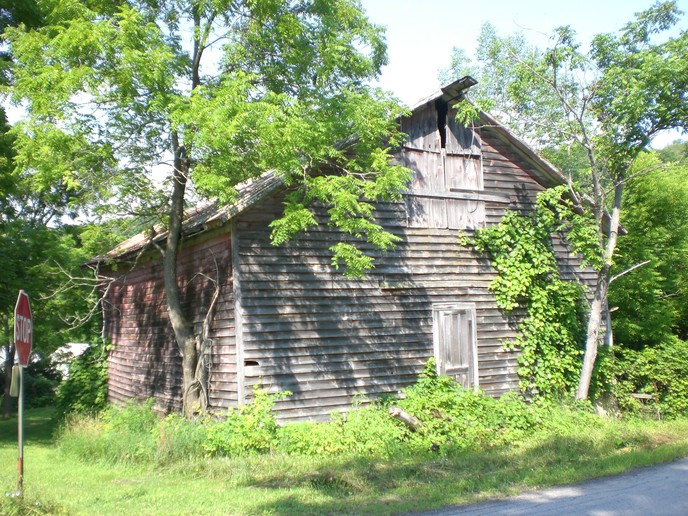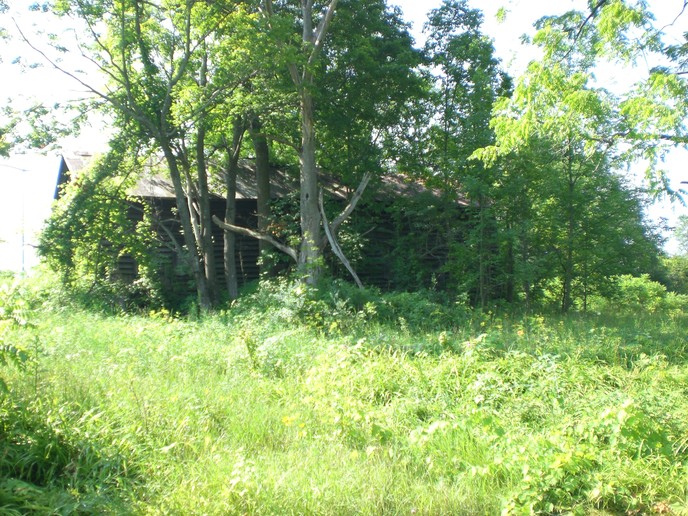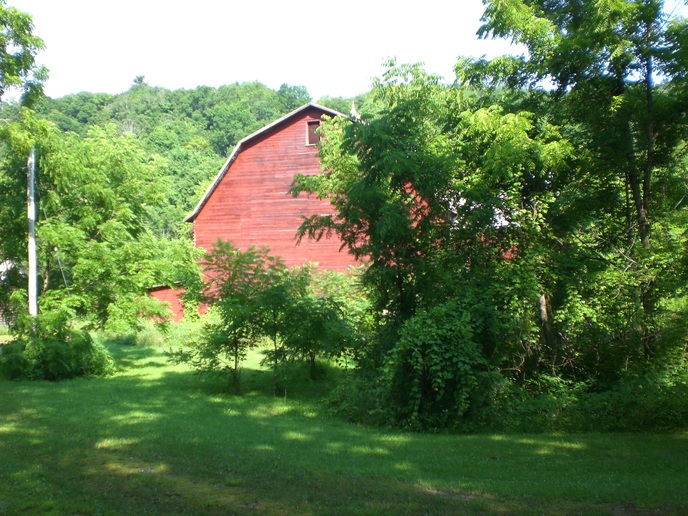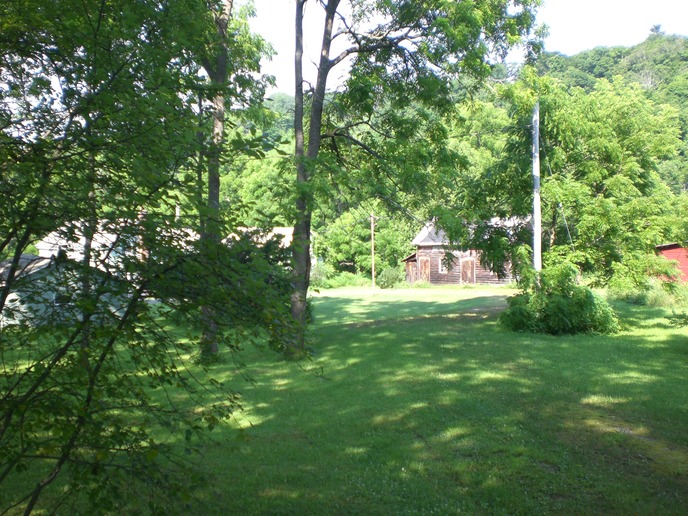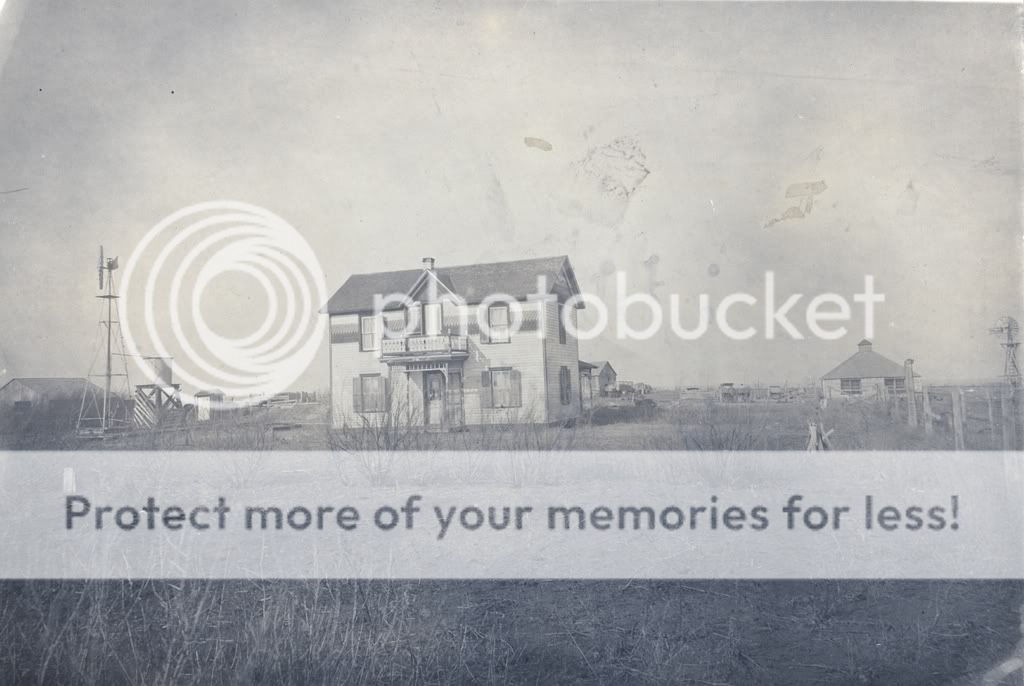northeast puller 1
Member
In larry@stinescorner post below with all of the old farmsteads pictures. I have noticed it did not matter what state of the union but the old timers always built the farm stead in a hole.My 1830 house and barn were built in a hole also. My question is why . Was it so water ran to the farm as they did not have electric or was it so storms went around the farm stead or was it as not to use good productive crop ground for buildings. What did the old timers know that we do not practice now as my places is surrounded by the final crop ( homes that is ) on every place possible. I have wonder about this for years and Larry pictures shows it well. I think the only old farm that is not in a hole is Allen from Nebraska.


